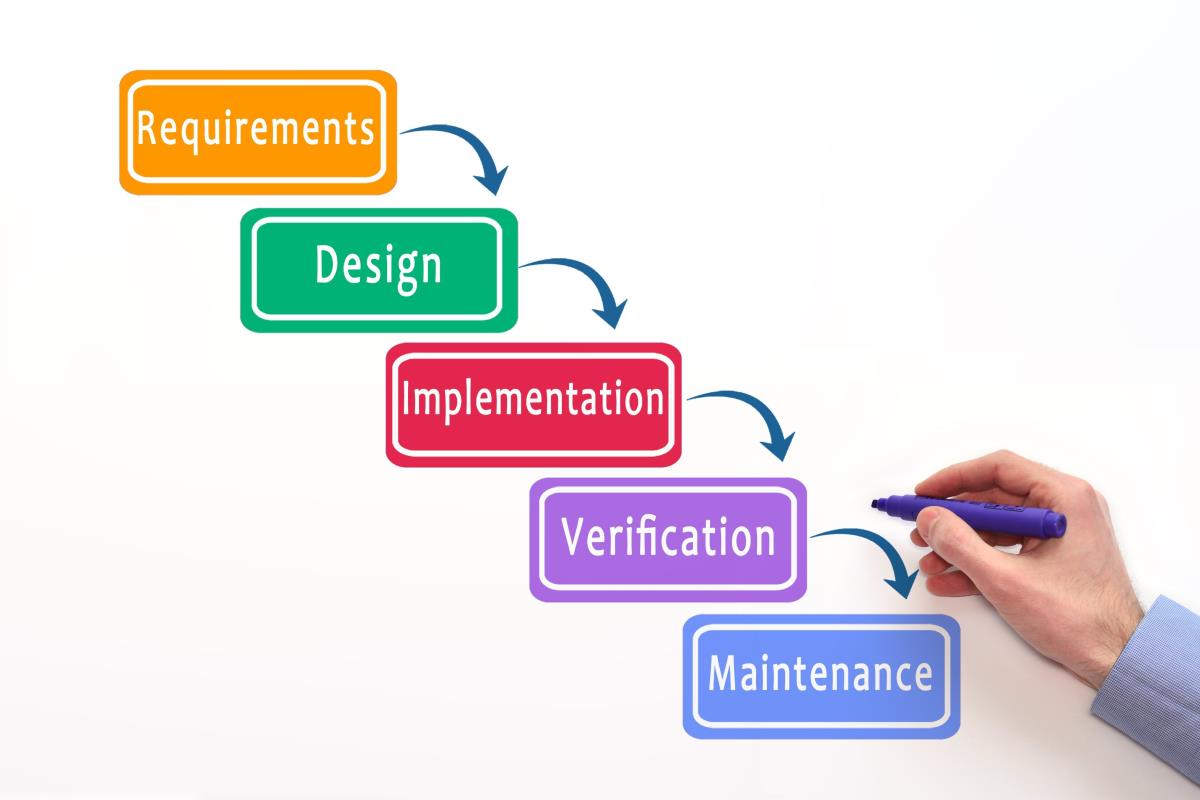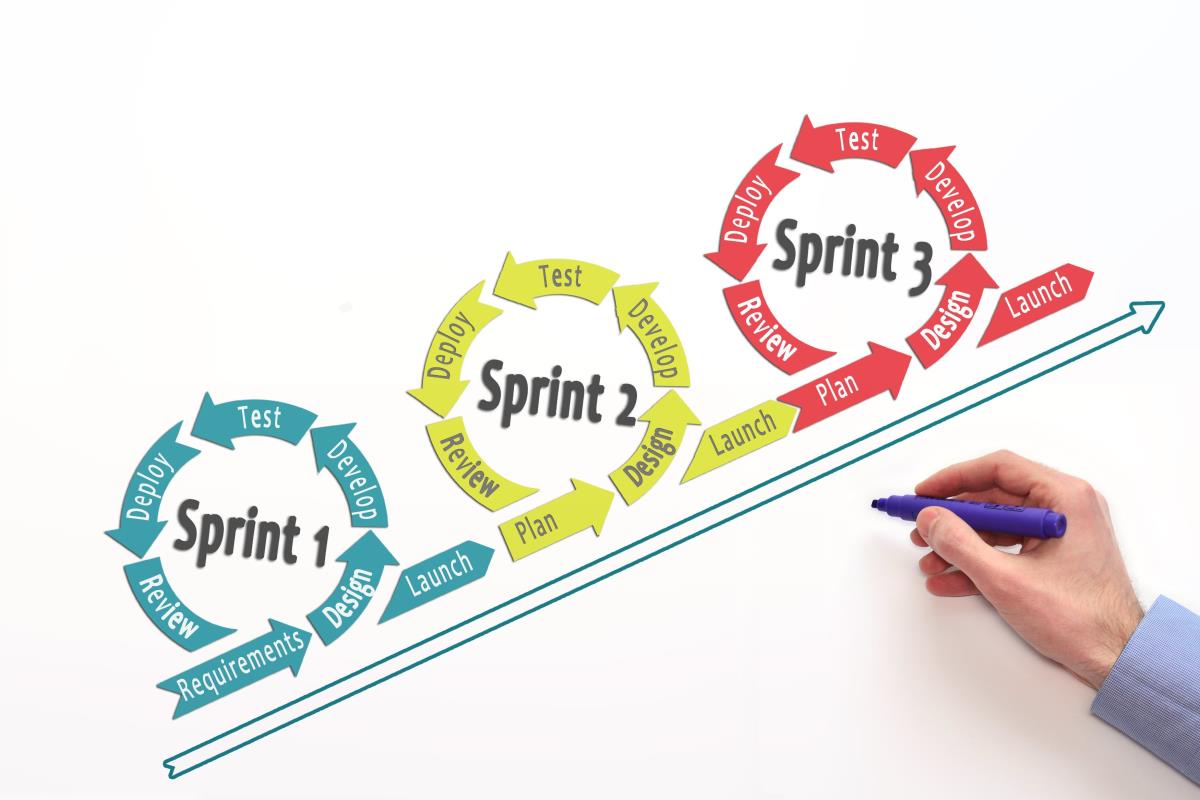Can your website do a down dog? How about a butterfly or child’s pose? Okay, so maybe websites can’t do yoga, but they can (and should!) be agile.
Creating an agile website doesn’t require a yoga mat or stability ball, but you will need a talented team of individuals with a solid understanding of growth-driven design, data-driven marketing, and agile web development.
Did I lose you? Let’s break it down.
A Eulogy to Traditional Development
Before discussing agile web development, it is important to understand traditional web development. The waterfall model best exemplifies the traditional approach to web development.

There are a few problems with the traditional web development process. Basically, traditional web development followed a kind of “one-and-done” approach. There was an definitive end goal, as opposed to a general goal followed by changes and tweaks to constantly improve. In traditional development, once a website is pushed live, the process is over - almost as if creating a static print ad.
With the speed of the internet, the beautiful site that has finally gone live will be outdated in about a year or less. The code might still be functional, but the web may require more of you. For example, Google now requires websites to be mobile-friendly. Not to mention, design standards change like fashion trends. Rounded corners and flat design are so Web 2.0.
Using the traditional web development model, your company will need a new website at least every two years, and that’s assuming your industry is on the slower side. That’s a lot of money spent - and often.
But there’s a better way.
Agile Web Development to the Rescue
Agile software development has been around for almost 30 years, but it took a while for web developers to follow suit. There’s even a manifesto written to describe the methodology. The agile process consists of a series of sprints.

There are 12 principles behind the agile manifesto but there are only four ideas you must know to understand how it works.
Expect Earlier Delivery
Most people don’t realize that websites can take up to a year to launch, depending on the complexity of the UI and functionalities.
The most important principle of agile web development involves determining the features that are absolutely needed to launch the site, and putting the rest to the side for phase II.
This means that instead of waiting a year for a finished product, you get a functioning website into the hands of users much sooner, and from there you can expand on its pages and functions based on priority.
Save Requirement Changes for Post-Launch
While waiting for a website to be completed, it’s very (almost definitely) possible that some of your requirements will change during that time. However, if you signed a contract and already paid for an outlined set of deliverable functions, then getting your development team to switch directions could be like pulling teeth. This is because switching directions mid-project means delaying the end result, which is stressful for everyone.
An agile approach shortens the time needed to launch your site because it leaves the bells and whistles for phase II.
It’s much easier to make changes to a site that is already live and functional because then developers can simply improve the live site as opposed to changing a website that doesn’t even exist yet.
Practice Open Communication and Trust
The backbone of agile software development is open communication and trust between you and your development team. They will work with you to help decide what is needed to launch the website and what can be added later. The team will communicate progress as they go, asking questions along the way as any potential technical difficulties come up.
When everything is broken down into small tasks instead of one huge project, progress is made much faster. After launch, your developers will continue work with you, analyze your customer data, and help determine what changes and features should come next to constantly keep your website up-to-date and UX-focused. However, an agile approach relies heavily on communication trust from both parties to be successful.
Value User Feedback
This is perhaps the biggest benefit of agile web development. There are so many sources for customer data - analytics, heat maps, social media conversions, user testing, etc. Agile web development, when paired with a data-driven digital marketing strategy, allows a website to grow and change with customers, thus increasing conversions.
Regular reviews of user feedback will ensure that your site stays relevant and as user-friendly as possible. Based on that feedback, your development team will work with you to prioritize which changes should happen first, based on projected impact and time-to-market. Once again, consistent and open communication is key.
Overall, the agile process allows your development plan to change and grow, just like the web does, but you’ll never be left wondering what to do next. If you’re leaning toward an agile development approach for your next project, Hudson can help. Feel free to contact us and we can discuss your needs.